The last train to Jasenovo
Soon, Vojvodina will have excellent international railway corridors leading to Budapest, Zagreb and Timisoara, as this is an obligation that stems from international agreements, while most of the capillary railway network throughout the province, built during the Austria-Hungary Empire, will probably be sold as scrap metal. The Serbian Railway Infrastructure Company (Infrastruktura Železnice Srbije) has already started dismantling it.
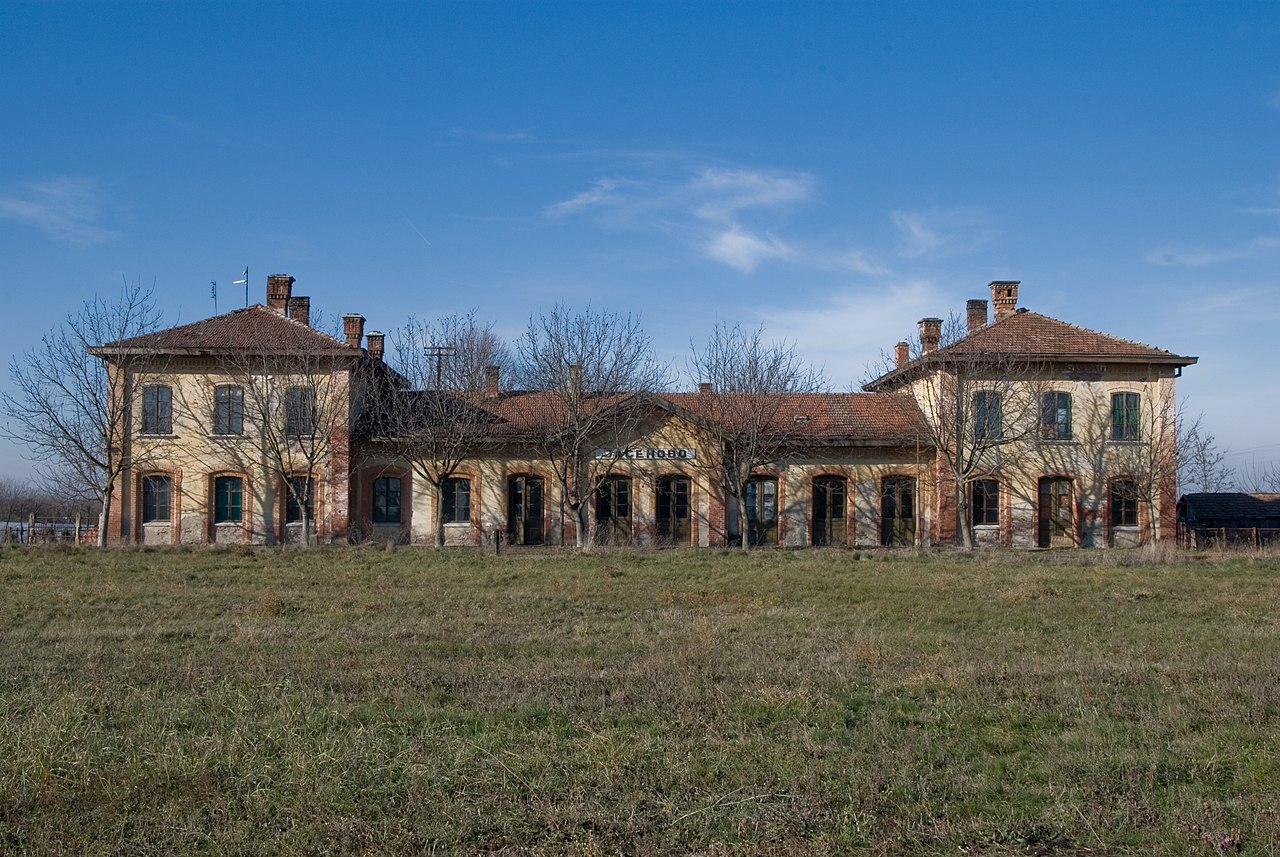
Local media in the southern Banat district have reported that the Belgrade-Vršac train derailed near the Nikolinci station on February 18th, at 8:20 AM. The Banatmedia website said the following: “There were no injured passengers and 20 of them continued the journey on foot to the next station.” Trains are sliding off the rails in advanced Western European countries too, and that’s nothing new. What is news is that there were only 20 passengers on the train.
Here’s another piece of news from the same day: “A fire erupted in the BG Voz train at 14.45 near Ovča. There were few passengers in the train car who were evacuated on time. The fire was localized and is currently being put out by three fire trucks and 12 firefighters. Railway traffic on the Pančevo Bridge-Ovča route is interrupted.” Even this would not be significant news if it wasn’t similar to the earlier one in the part where the train carried just “few passengers”.
On the same day, February 18th, top Serbian officials rode on the fast train from Belgrade to Petrovaradin to get a glimpse of what it would be like to ride on a train that will run 200 kilometres an hour and connect the two biggest cities in the country.
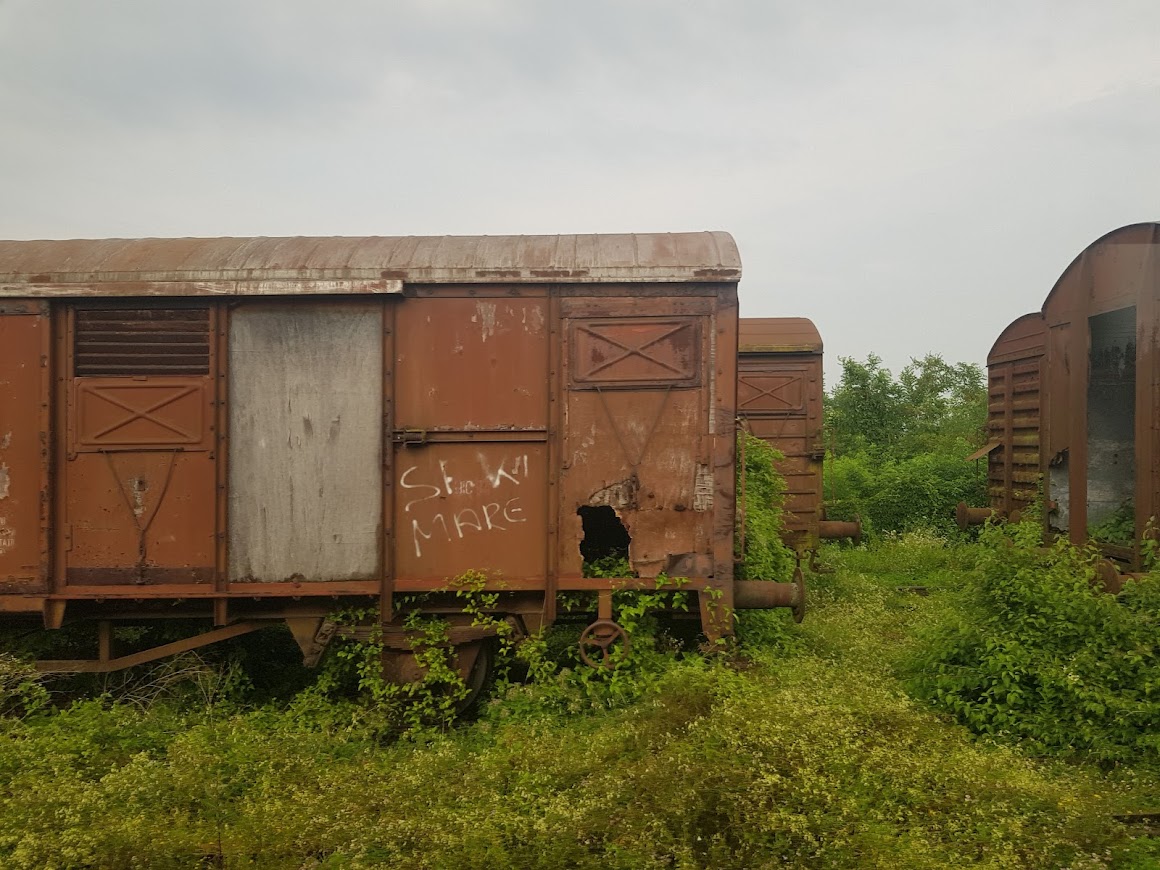
This time last year, my colleague Zlatko Crnogorac and I travelled from the Belgrade Centre (Prokop) station to Vršac. The experience was great – there were six departures a day, the train was punctual and clean and even the toilet was spotless.
However, at 10 am, we were the only passengers at the Prokop station – the platforms were empty. There were about ten of us on the train to Vršac. We arrived at the Vršac Railway Station, one of the few in Vojvodina that is in good condition. The stations we passed on the way to Vršac (Banatsko Novo Selo, Vladimirovac, Alibunar, Banatski Karlovac, Nikolinci, Uljma and Vlajkovac) resembled scenes from horror movies or the new version of the iconic film “Ko To Tamo Peva”.
I have similar impressions from travelling by train to Sonta in the summer of 2018. I boarded the train in Novi Sad, which then passed through Futog, Gajdobra, Ratkovo, Odžaci, Karavukovo and Bogojevo, all having quite dilapidated stations. In Bogojevo, a village on the border with Croatia, features the spectacular Water Tower, a masterpiece of industrial heritage, which is completely neglected. Through my train window, I watched abandoned tracks and a verse from Arsen Dedić’s poem “Popodnevna Pjesma” (“The Afternoon Song”) sprang to mind – “A train rotted away during the black spring in Poland, near Russia…”
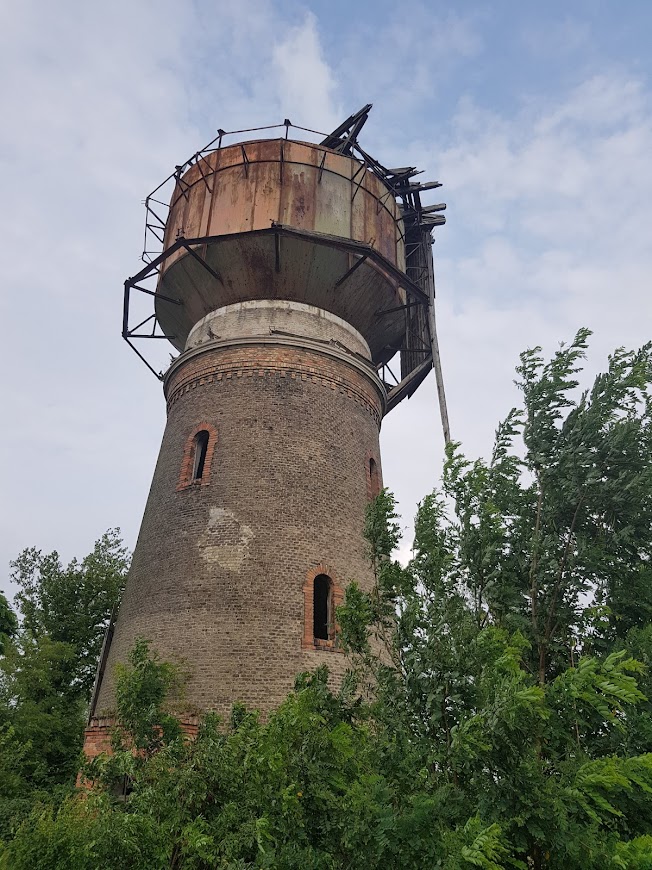
Zlatko often talked about the huge and untapped tourist potential of the railway infrastructure in our country, from the Ranžirna Station in Novi Sad, which was designed by the Eiffel Studio in 1912, to numerous railbuses stranded in depots in Zrenjanin and Subotica, which could become a first-class tourist attraction. Unfortunately, his opinion fell on deaf ears.
In the past two years since the beginning of the pandemic, I have cycled around a third of the populated places in Vojvodina, many villages and almost all towns and cities. I would always visit the train station if there is one in every place and except in Kikinda and Vršac, every single station was in a dilapidated state – some non-functional, some completely neglected, full of rubbish, overgrown in vegetation, some were almost completely deserted, some had very few passengers waiting for the train. Due to the decades-long neglect and deterioration of railway traffic and infrastructure in Serbia, people simply fell out of the habit of travelling by train.
On the other hand, Germany is expected to see a steady increase in rail traffic, which is considered to be the most environmentally sustainable transport. For example, Deutsche Bahn, a German company that manages rail transport in Europe’s largest economy, said in 2020, that in January of that year (before the pandemic), 1.2 million more people used their trains than in 2019. The trends are expected to continue after the pandemic finally subsides and passenger transport returns to earlier volume.
The news that the company Serbian Railway Infrastructure Company started to dismantle 435 kilometres of the railroad (412 of them in Vojvodina), which were built 100 or more years ago by the Austria-Hungary Empire and the Kingdom of Serbs, Croats and Slovenes, went relatively unnoticed at first. Only the Vojvodina Railway Association responded with an open letter.
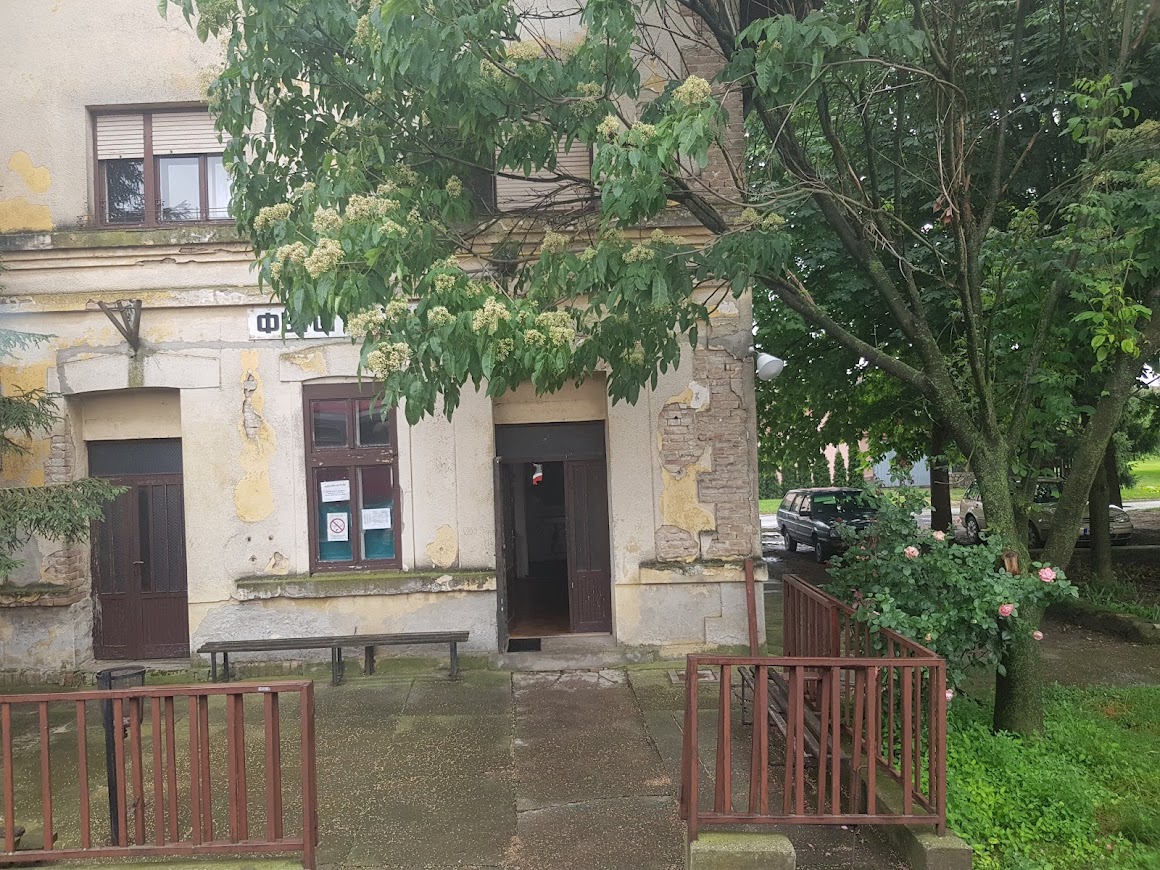
Once the railroad is dismantled the following train routes will be abolished – Bečej – Senta, Senta – Kanjiža, Sečanj – Jaša Tomić, Sombor – Bački Breg, Sombor – Ridjica, Vladimirovci – Kovin, Bečej – Vrbas, Zrenjanin factory – Vršac, Horgoš – Kanjiža, Karavukovo – Bač, Petrovaradin – Beočin, Žabalj – Bečej, Čurug – Bečej, Kikinda – Banatsko Arandjelovo, Sombor – Apatin factory and Sopot Požarevački – Kostolac.
Although it is expected that the railroad will be removed where it is no longer profitable, a former railway worker from Jaša Tomić, Nikola Dobrić, said in a statement for the Serbian Broadcasting Corporation (RTS) that the decision to sell the rails that make the railroad leading to Vršac, which was reconstructed more than two decades ago, came as a surprise. “The Zrenjanin-Vršac railroad is in perfect condition. I don’t know who came up with the idea of removing and selling it. The bridge in Sečanj and the one in Konak on the Brzava River were both overhauled. So, most of the railway is good. It would be easier to maintain it than sell it for virtually nothing,” Mr Dobrić said for RTS. The locals from Jaša Tomić and Sečanj secretly hoped that the local railroad would continue to be in use. “If we can make a railroad for the Šargan Eight train, why we couldn’t do the same for the Sečanj-the state border route? And maybe even to Timisoara? That would be a tourist attraction!” says Spaso Mladenovski, a local chronicler of the Jaša Tomić village.
However, the Serbian Railway Infrastructure Company expects that the sale of the old railroad will result in development: “Apart from the significant revenues that the Serbian Railway Infrastructure will generate in this way, the old infrastructure and railroads will be removed, many of which have not been used by trains for decades, which facilitate faster and better development of local governments in Vojvodina,” the company said in a press release. The relevant public call envisages the sale of 19,500 tonnes of old railroad parts, 1,370 tonnes of various parts for switches and 3,755 tonnes of old track accessories, which is a total of 24,625 tonnes of scrap iron and steel.
Milan Vučinić, president of the Vojvodina Railway Association, claims the gist of the problem in Vojvodina could be likened to the ‘boiling frog syndrome’: “Namely, the process went unnoticed from 1990 to 2000 when the following happened – the Vojvodinian branch of the state railway company was demoted in rank compared to the Belgrade one (ŽTP Belgrade), although ŽTP Belgrade only ranked fifth in terms of results (according to the railway statistics), i.e. staff and technology in Vojvodina’s branch were both demoted. The funds were also transferred to ŽTP Belgrade, so the Vojvodinian branch could no longer use them. The staff also changed a lot, and people who were close to the ruling political party were given jobs in the company.”
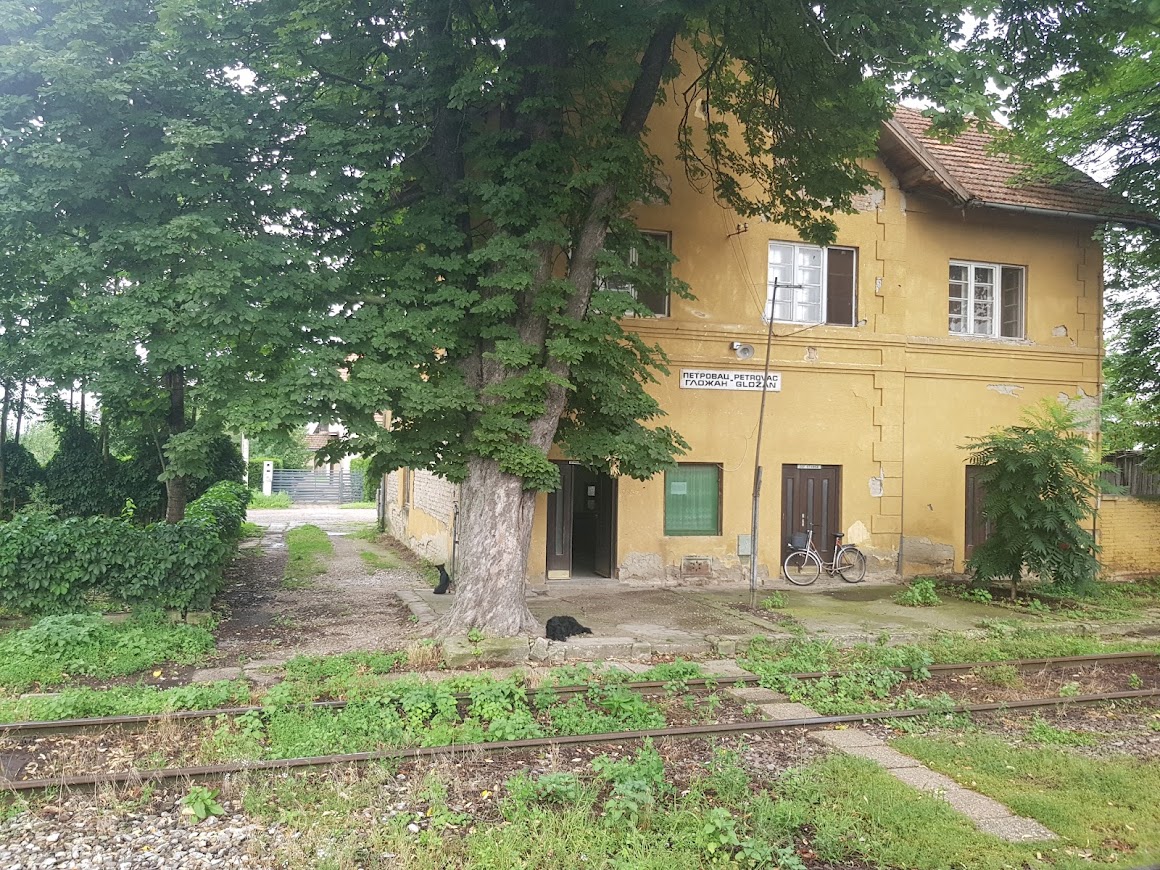
According to him, 100km of high-voltage cables were taken from Vojvodina in that period, which were supposed to be used for the electrification of the Subotica-Sombor-Bogojevo railroad (this railway remains unelectrified to this day), only to be later used on the Čačak-Kraljevo railroad. We don’t know where 30km of new rails were taken, that were supposed to be used for the reconstruction of the Banatsko Milioševo-Novi Bečej railway. Computer systems from Novi Sad and Subotica, hundreds of passenger and cargo train cars, as well as locomotives were also taken away. As a result, international trains (to Trieste) and domestic long-distance trains no longer departed from Novi Sad to Sarajevo, Ploče, Zagreb, Ljubljana, Skopje, Split (during the summer season), Bar, etc. “Because of everything aforementioned, railway traffic was made very difficult, there was a lack of trains, the timetable became irregular and trains failed to show up, which caused great distrust of passengers and companies that caused an aggravated situation in transport,” Mr Vučinić concludes.
A hundred years ago, Vojvodina had one of the densest railway networks in Eastern Europe, and people often like to say that we haven’t even managed to paint what the Austro-Hungary Empire built, which is mostly true. When it comes to the railway, the situation is even worse.
Only 29 years after Great Britain started using trains, the first railroad in Vojvodina was officially inaugurated in 1854, in South Banat, connecting Oravica in today’s Romania and Bazijaš (on the Danube) to Jasenovo and Vračev Gaj in the Serbian part of Banat. This railroad would have been built even earlier if it had not been for the 1848/1849 Revolution.
Last month, I was in Bela Crkva and visited the train station there. According to the timetable from 1857, it would take me just 24 hours to get from Bela Crkva to Vienna. The station there has been completely neglected for the past 15 years, its walls are strewn with graffiti, and homeless people and migrants on their way to Europe occasionally stay in the former waiting rooms and the station chief’s office.
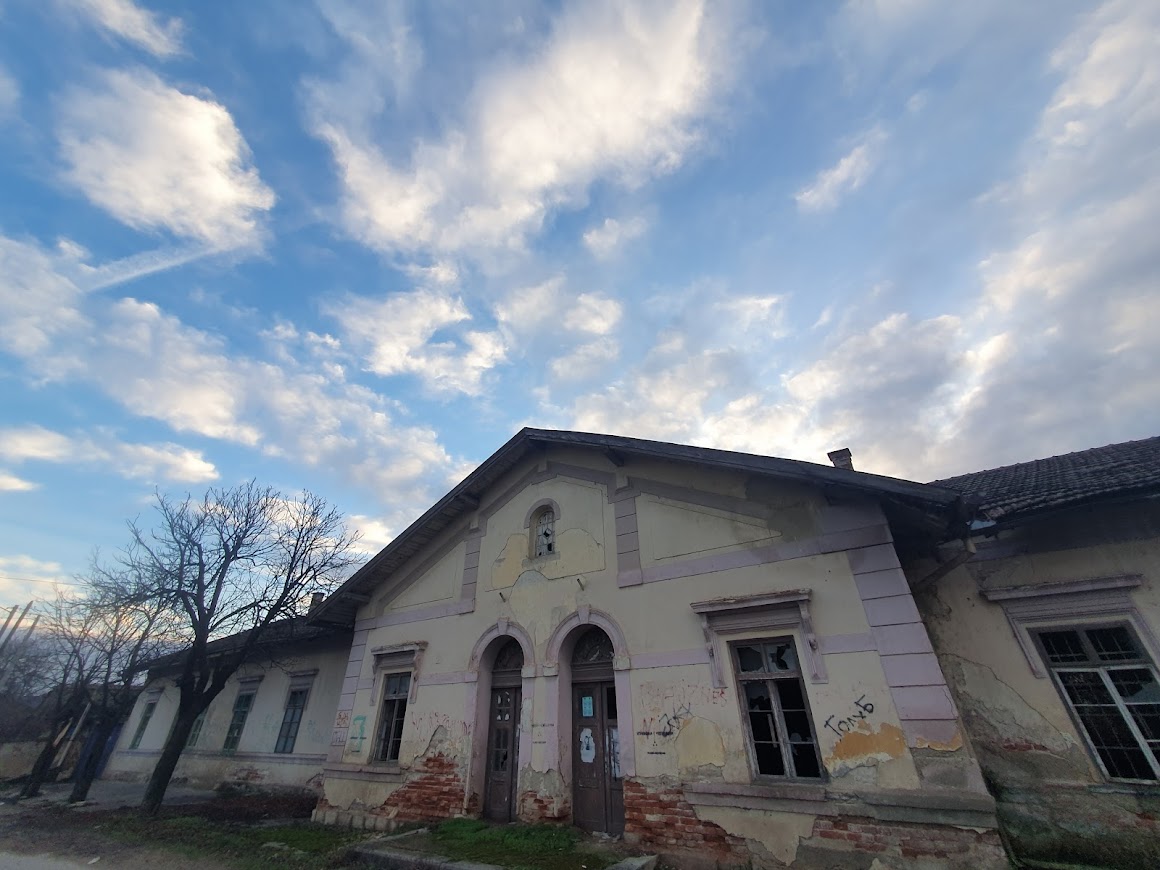
The Mokrin railway station, which we visited in October last year, looks similar to the one in Bela Crkva. The Orient Express passed through it in the 19th century. Mokrin was once the largest village in Yugoslavia (40 years ago, it had a population of about 12,000, while today it is less than 5,000) and it got its railroad back in 1857. The Orient Express used to stop here so its steam engines could take up water because the Mokrin artesian water was considered “the softest” “on the train’s route from Paris to Constantinople. Instead of the passengers of the luxury train, migrants now sleep in the waiting rooms of the Mokrin station.
According to Vučinić, at the end of 1912, the main feature of the railway network in Vojvodina, was that it was a ‘capillary’ type of network and consisted of state and privately run lines (both average width railroads and narrow ones) and it was properly maintained until the early 1960s.
In 1918, Vojvodina “brought” 1,953km of railways into the new state – 589.6km of state-run railroads and 1,295.3km of privately run ones, of which only 59.7km had narrow rails.
“In the new state, the prevailing concept was to build railroads in the east-west direction, and not as before in the north-south direction. In Vojvodina, 15 joint-stock companies operated private railroads which were subsequently nationalized, and that process was completed in 1931. In that period, another 154km of railways were built in Vojvodina, but not enough was invested in the existing network – some railways and junctions were overloaded, railroads were congested, both companies and passengers were at loss and there was no money for regular maintenance, nor any investments in improving the railway traffic. There were also problems with railway staff caused by the dismissal of old staff and the arrival of new staff, who were largely inexperienced,” said Dragomir Jankov, a retired lawyer and one of the biggest experts on the railway in Vojvodina. In socialist Yugoslavia, starting in 1945, there were two periods when the Vojvodina railroads were managed from Belgrade – the first that lasted from 1965 to 1976 and the second from 1990 onwards. “Both periods are characterized by looting, dismantling and abuse of assets. It was devastation, almost deliberate destruction of the Vojvodina railway and degradation of its staff. Nowadays, this kind of behaviour is much more pronounced than before 1976,” claims Mr Jankov.
Based on the Socialist Federal Republic of Yugoslavia’s Constitution from 1974, the republics and provinces became independent and at the federal level, they all had the rights of a republic. Eight railway-transport organizations and companies were formed at that time, one of which was ŽTO Novi Sad. This company had competencies regarding the overall railway infrastructure on the territory of the Autonomous Province of Vojvodina, including the management of the main railroads and rail corridors.
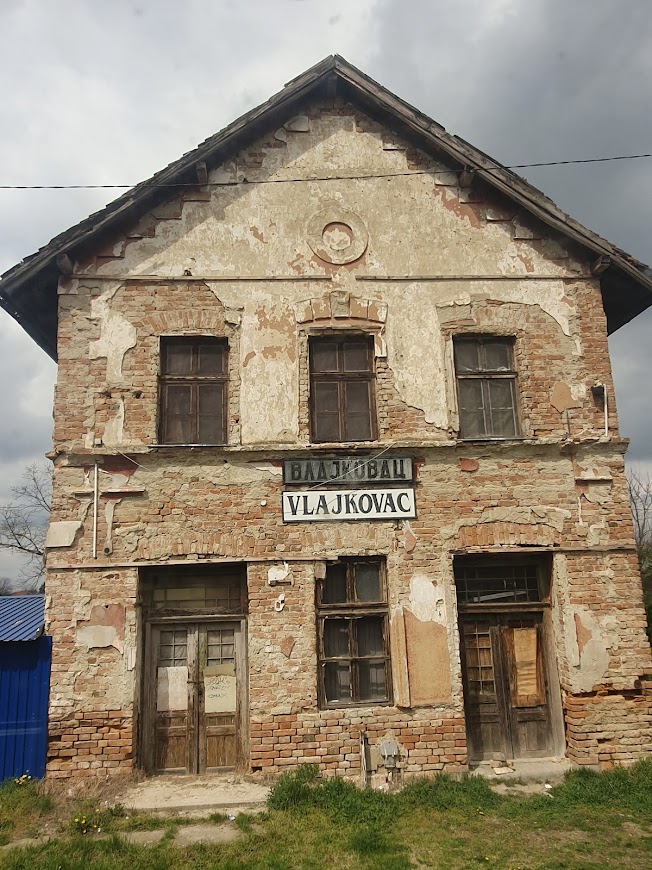
The Yugoslav Railways’ statistical data from that period indicate that, out of 8 republic and provincial railroad companies, ŽTO Novi Sad occupied second or third place (behind Slovenia and Croatia respectively), during the 15-year-period. More precisely, in 1989, ŽTO Novi Sad transported 16.5 million passengers, loaded/unloaded 14 million tonnes of cargo and had 13,600 employees in total.
In 1990, the Vojvodina Railways Company (Železnice Vojvodine) was closed and incorporated into the Railways of Serbia Company. When Gerhard Burbah, the legendary director of Vojvodina Railways, died early this year, we were reminded of how powerful and organized that system was three and a half decades ago. In his interview with the Press newspaper in 2011, Burbah stated that the railway infrastructure in Vojvodina, which was reputed to be the most developed in the former state, was brought to the brink of collapse in the last 20 years once it started to be managed by the Serbian government. Burbah illustrates this fact with the example that at the time when the province controlled the railway, the train from Belgrade to Hungary travelled 3.5 hours, and now it takes it over four hours just to get to Subotica.
According to him, in the decade and a half when Vojvodina had the jurisdiction over the railroads on its territory, over 10,000km of the railroad was built, including numerous new routes, which connected the province with neighbouring countries. Many train cars had air-conditioning and trains could develop speeds of up to 200km/h.
Mr Burbah also pointed out that in those 15 years, about 540 million dollars were invested in the railways of Vojvodina. “Few people know that, in 1922, trains in Serbia went faster than today, and that Vojvodina, at the beginning of the last century, had perhaps the densest railway network in Europe. This, of course, was eroded and neglected throughout history and various countries and systems that ensued. In 1974, the railroad was completely overhauled mostly thanks to the Vojvodina government, the Vojvodina Assembly and the citizens who contributed to this dramatic development,” Mr Burbah said in the interview.
However, since I was born in Bač and our house was located right between the local railway and bus stations, I remember that the railbus that went to Bačka Palanka and Odžaci stopped running in the 1980s. Namely, we used only buses to go to high school in Bačka Palanka in 1986 and 1987. According to Dragomir Jankov, as early as 1986, i.e. two years before the so-called Yogurt Revolution, those railroads or parts thereof that were insufficiently profitable were closed, either through suspension of traffic or by turning them into reloading tracks, while some of them were dismantled after a certain number of years.
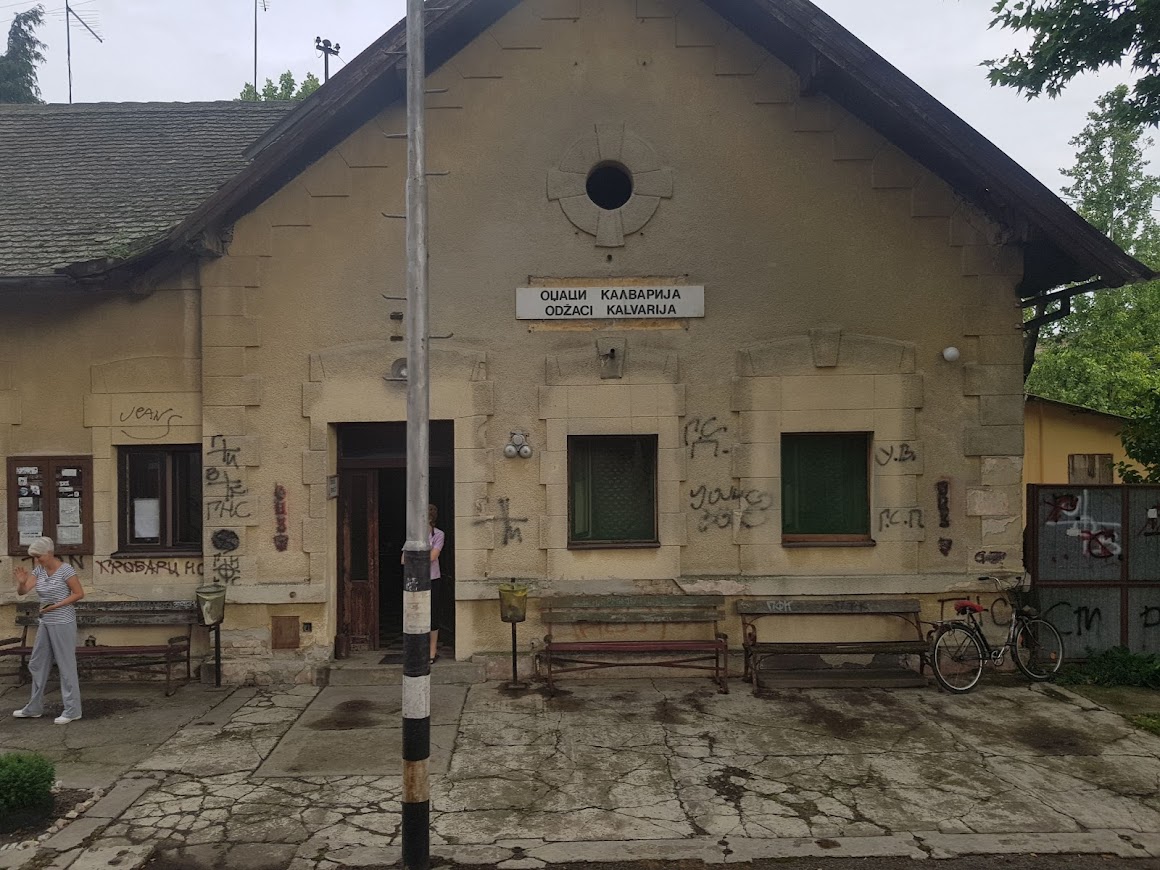
At its session on October 8, 1986, ŽTO Novi Sad’s Workers’ Council made the following Decision – the company was ordered to make a decision on the write-off of fixed assets (rails, lower and upper machine facilities with SS and TT plants, buildings and land) and deletion from the accounting records of the following lines – Bač – Bačka Palanka (20.4km), Gajdobra – Kula (28.6km), Odžaci-Crvenka (22.6km), Subotica Hospital – Crvenka (57.6km), Žednik – Čantavir (8.0km), Karavukovo – Sonta (19.0km), Sonta – Apatin factory (2.9km), Odžaci – Sombor (33.7km), Kovačica – Samoš (20.9km) and Čot – Samoš – Seleuš (4.1km) – a total of 257.8km of railway. Mr Jankov says that that decision was not fully implemented at the time. Traffic was suspended on most of the railway, but, most importantly, corridors and railway routes remained open, contrary to the aforementioned Decision of the Workers’ Council.
On the other hand, the official state statistics show that much more has been done on the state level in terms of repairing and building new railroads in the past 10 years than was the case before.
From 2007 to 2012, 31km of railways were reconstructed, while from 2012 to date, that stands at 750km. From 2007 to 2012, no new railroads were built, and from 2012 to date, a total of 302km have been built. Again, if we look at the nature of these overhauls on Vojvodina’s territory, they were done exclusively on international rail routes leading to Zagreb, Budapest and Timisoara, which will not make life much easier for people in Vojvodina who live in smaller places, far from these three international corridors.
An analogy pops up here – the Principality of Serbia was practically ordered to build the Belgrade-Niš railway at the Berlin Congress, while the Ottoman Empire built the railway from Skopje to Kosovska Mitrovica ten years earlier – in 1874.
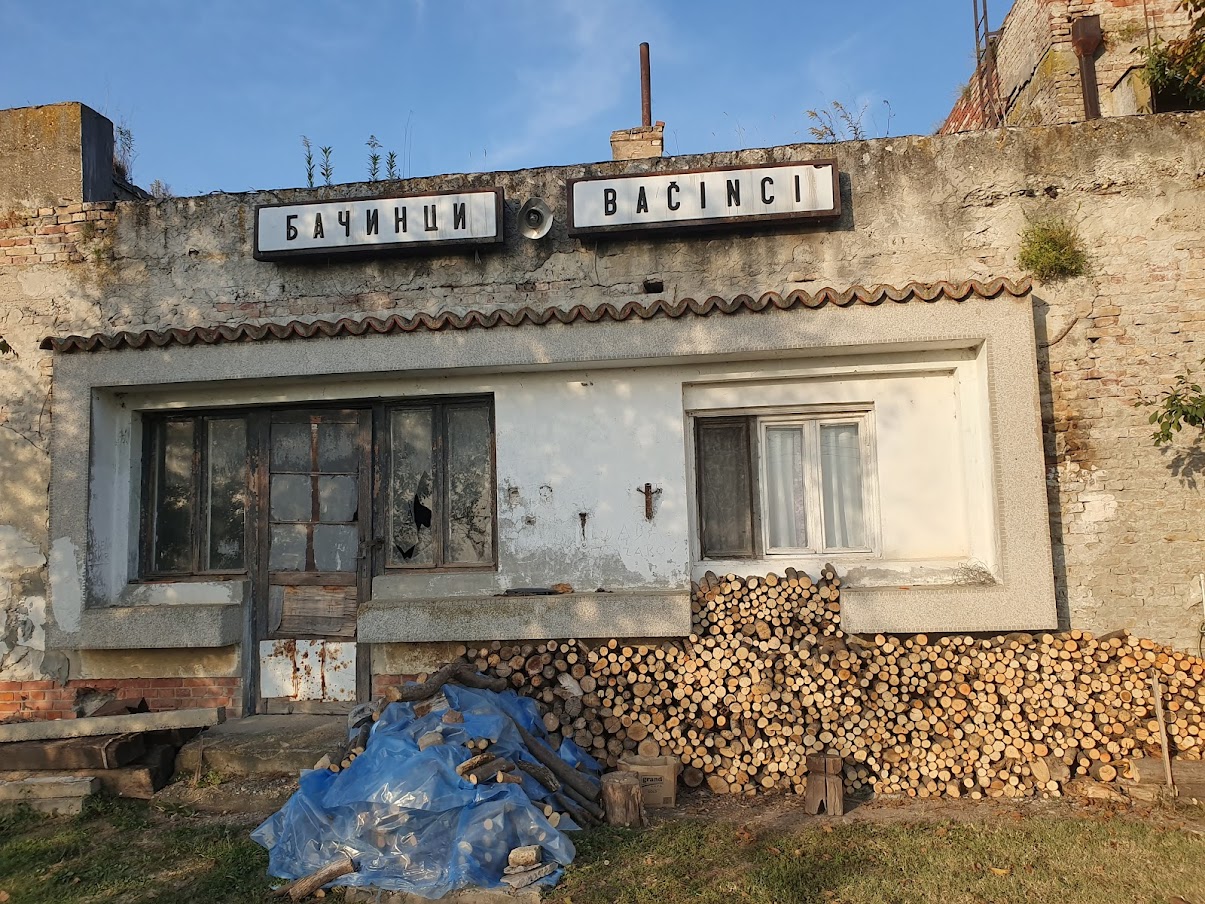
Experiences of developed countries (and this was the case in Vojvodina until 40 years ago) show that a good capillary network of railways is crucial for stopping people from moving from rural areas and smaller towns to large cities such as Novi Sad and Belgrade.
There was a long-running case in the United States from the mid-1930s to the 1950s when General Motors was accused of bribing mayors and governors across the country, “encouraging” them to remove tram lines as allegedly “obsolete technology” in order to boost the sale of General Motors cars and buses. So many cities that used to live the European way of life (trams, pedestrian zones, parks) became alienated places where people do everything from their cars – they commute to work, get fast food at McDrive, refuel and return home. All this has caused an increase in the percentage of obese and anxious Americans, a problem that this nation is still facing today.
There have been initiatives to turn part of these rail routes, such as the one between Petrovaradin and Beočin, into bicycle paths, which would at least partially mitigate the damage and enable environmentally sustainable travel between populated areas. However, Milan Vučinić claims that there is no sense in dismantling that railroad because it could be used for light suburban trains that would relieve the road traffic between Novi Sad and Beočin. Also, there is enough room to build a bicycle track next to it.
Dragomir Jankov adds that when it comes to the future of the railway in Vojvodina, there is still a “light at the end of the tunnel” if there is sufficient political will. “The Serbian Constitution from 2006 stipulates that Vojvodina can manage regional and local railway traffic. However, the Law on the Autonomous Province of Vojvodina’s Competences stipulates that the only right that Vojvodina has is to carry out railway traffic inspections, which means that the law practically circumvented the Constitution. I firmly believe that Vojvodina could (again) muster enough strength to overhaul or at least preserve its railroads, even with the modest support from the state,” concludes Mr Jankov.
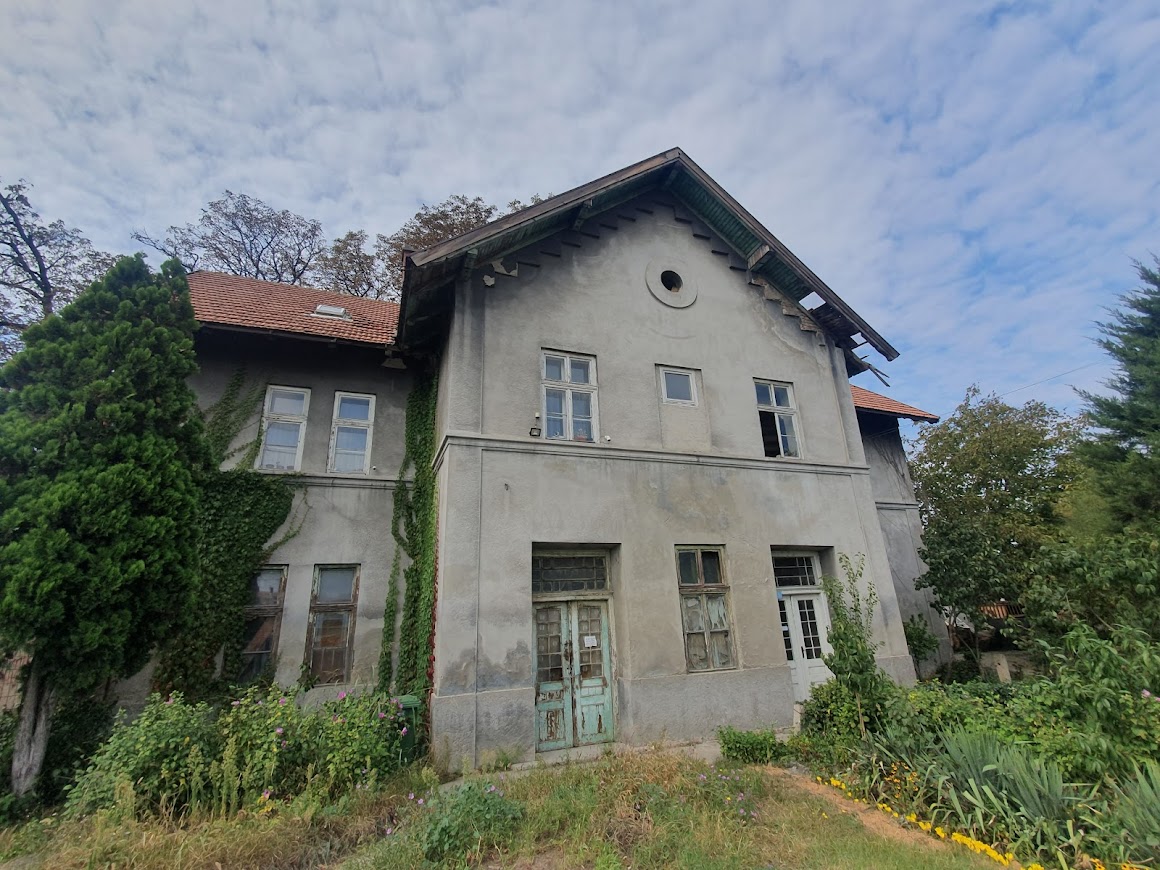
The day after the editor-in-chief of NIN weekly asked me to write this article, I took my family by train from Nice to Monaco. The train journey between these two cities takes an average of 26 minutes. The price of a one-way ticket is 4.10 euros, i.e. 16.40 euros in total for the four of us. The train station in Nice has been located in the downtown area since its opening in 1865. It took us 15 minutes to get from the hotel located on the English Promenade to the station. In Monaco, it took us 10 minutes to get to Casino Monte Carlo from the station.
That day I wrote a post on my social media which said: “Here is my well-intentioned advice to Srbijavoz – lower the price of tickets on the Belgrade-Novi Sad line to 450 dinars in one direction, at least for the first year of operation until passengers get used to using trains again. The price of 1,000 dinars for a one-way ticket to Prokop, from which you then need to take a taxi to get anywhere in Belgrade, is too steep (just to leave the station, the taxi driver will charge you 250 dinars and an average taxi ride in Belgrade will set you back between 500 and 2,000 dinars minimum.) It is better for the state to subsidize tickets for a certain period when so much money has already been invested in the new railway and new trains than to do all of this for the sake of doing something and not having a sufficient number of passengers as it is more affordable for them to take a shuttle taxi (from Novi Sad to Belgrade).”
Two days later, President Aleksandar Vučić issued the following statement: “Our idea is to lower the ticket price as much as possible, i.e. for the ticket to cost between 300 and 400 dinars for at least a few months, so that people can get used to taking trains again because we are already subsidizing the railways. We want people to see for themselves what we have built and maybe they will be happy with that.”
Or it may be that the President had read the well-meaning advice posted on Twitter and made a wise decision. Or it may be that one of his associates, line ministers or directors gave him such advice, as they are paid to do so. This is possible, but, unfortunately, highly unlikely.
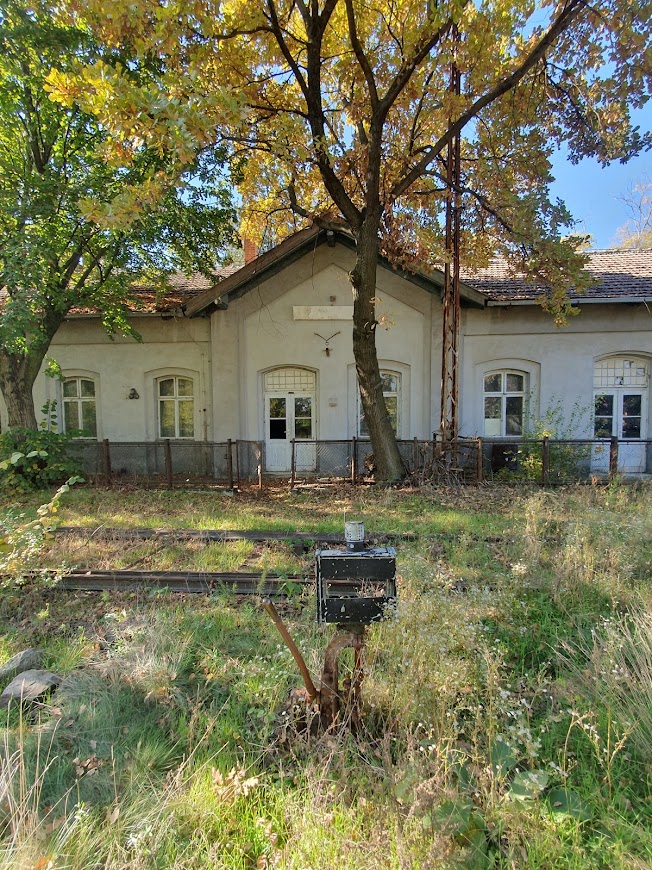
The fast train had its maiden journey on March 19th, the price of a one-way ticket is 300 dinars during the ‘promotional period’ and I hear that the train is full in both directions. I am glad that the President listened to me.
By Robert Čoban